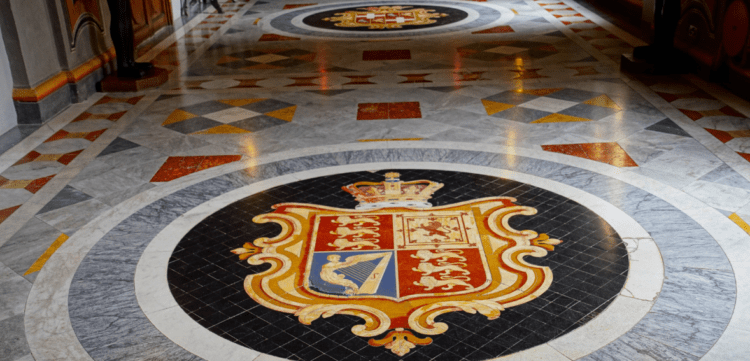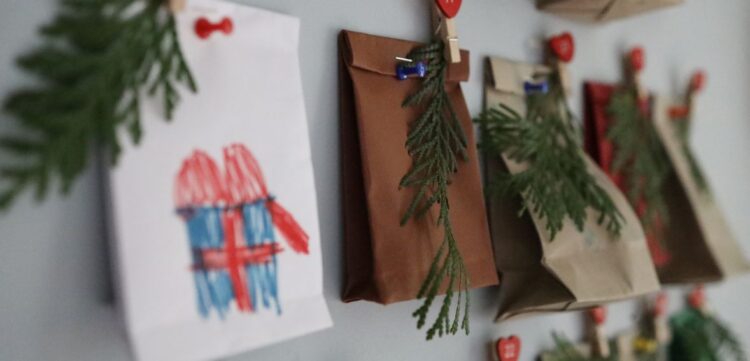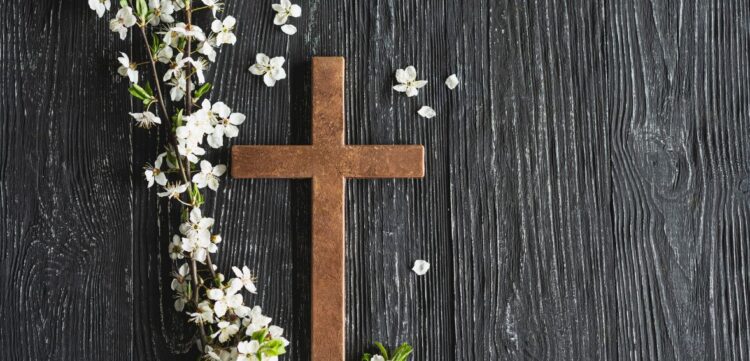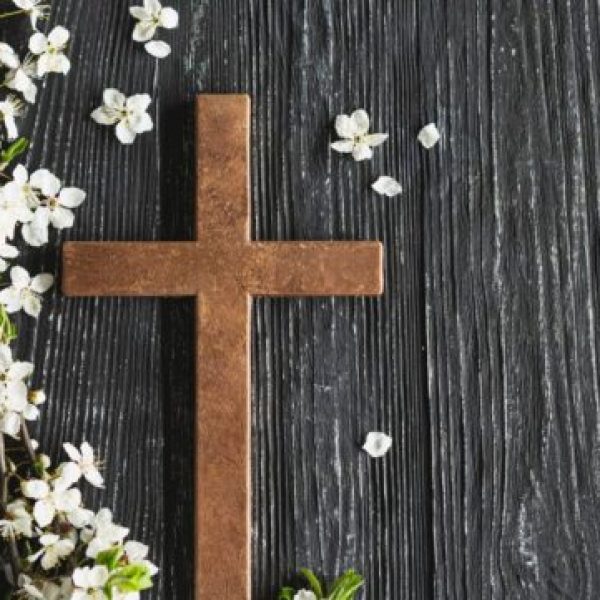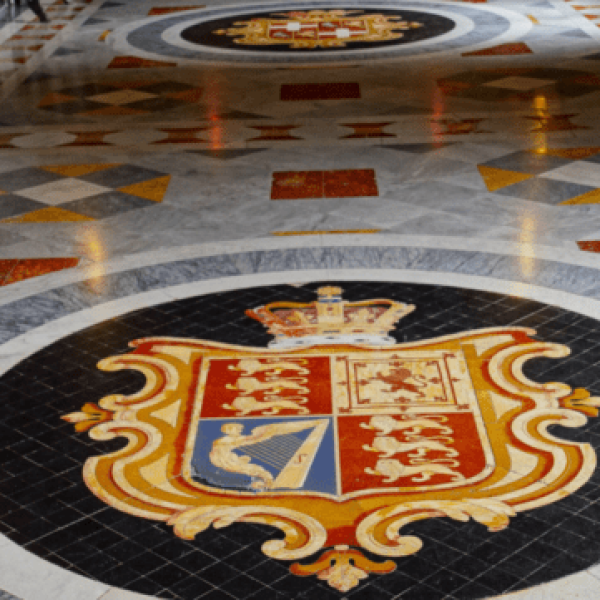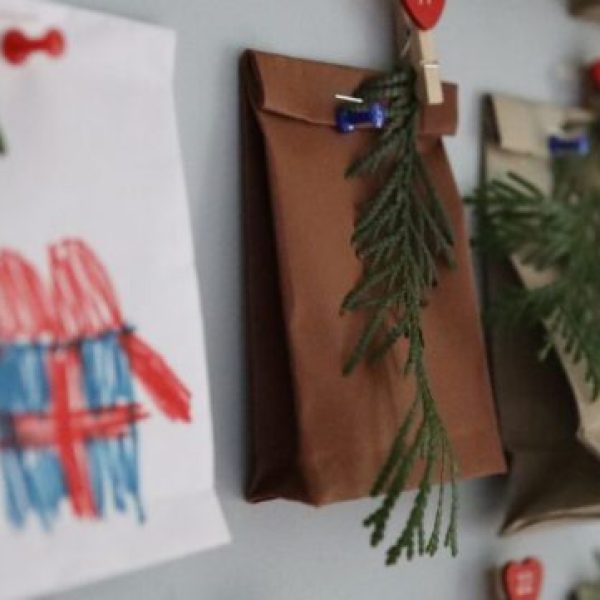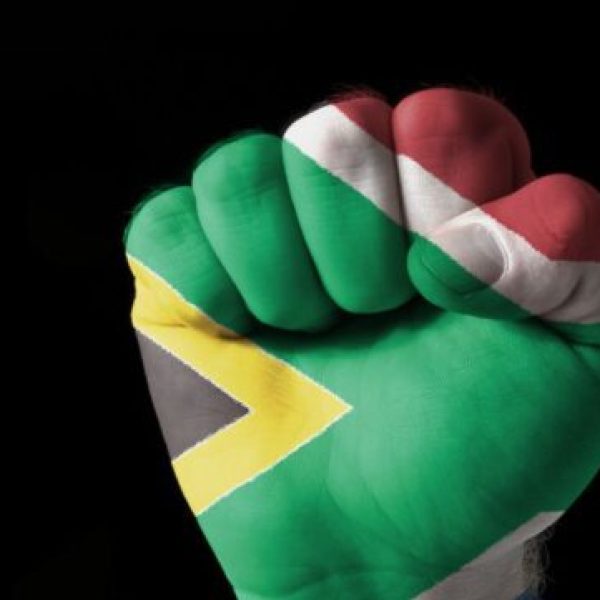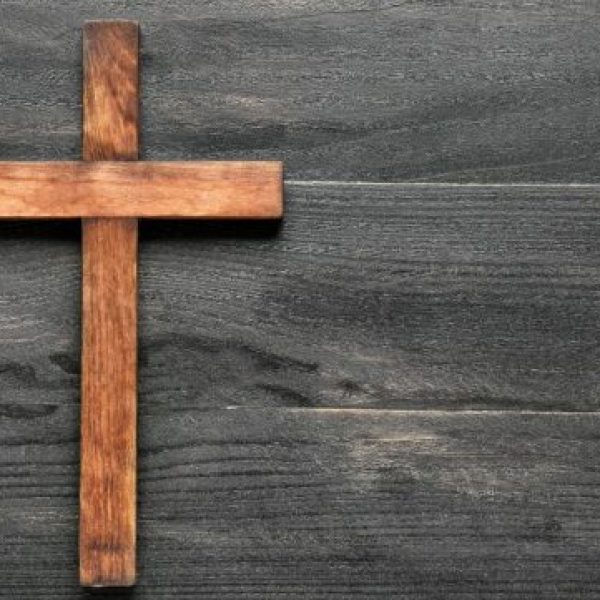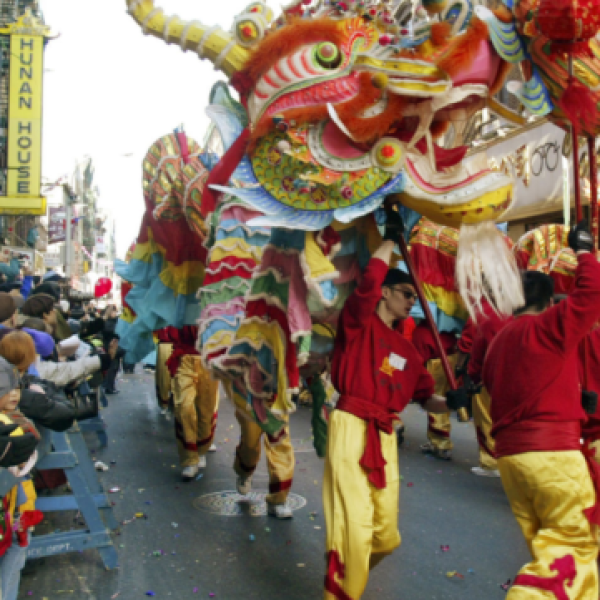A coat of arms is a distinctive heraldic design traditionally used to identify individuals or families, consisting of a shield, crest, helm, mantling, and motto. Originating in medieval Europe, coats of arms were initially used by knights to distinguish themselves in battle and tournaments. Each coat of arms is unique, embodying the history, achievements, and values of the family or individual it represents.
Historical Significance and Modern Use
Historically, coats of arms played a crucial role in identification and social status. They were displayed on shields, armor, and banners to signify the bearer’s heritage and accomplishments. In modern times, coats of arms have evolved beyond their martial origins. They are now used in official documents, as logos for institutions, and as personal or family emblems that celebrate heritage and identity.
Introduce the Idea of Creating a Personal or Family Coat of Arms
Creating a personal or family coat of arms is a meaningful way to honor your ancestry and create a visual representation of your family’s values and history. This custom design can be passed down through generations, becoming a cherished symbol of your family’s legacy. Whether you aim to create a traditional design or incorporate modern elements, a family coat of arms is a unique way to celebrate your lineage.
Understanding the Basics of a Coat of Arms
Describe the Different Parts of a Coat of Arms
A coat of arms consists of several key components, each with its own significance and tradition:
- Shield: The central element of the coat of arms, the shield is where the primary symbols and colors are displayed. The design on the shield can include animals, objects, and patterns, each carrying specific meanings.
- Helm (Helmet): Positioned above the shield, the helm represents the rank and social status of the bearer. Different types of helms indicate various ranks, from knights to royalty.
- Crest: Located above the helm, the crest is a secondary symbol that adds depth to the overall design. It often represents an aspect of the bearer’s personality or achievements.
- Mantling: Decorative drapery surrounding the helm and shield, mantling originated as a piece of cloth to protect the wearer from the sun. In heraldry, it adds an artistic touch to the design.
- Motto: A phrase or word that encapsulates the values, beliefs, or aspirations of the bearer, the motto is usually placed at the bottom of the coat of arms.
Heraldic Rules: Provide a Brief Overview of the Rules and Traditions of Heraldry
Heraldry is governed by a set of rules and traditions to ensure that each coat of arms is unique and accurately represents the bearer. Key heraldic rules include:
- Tinctures (Colors and Metals): Heraldic colors (tinctures) include metals (gold/yellow and silver/white) and colors (blue, red, green, black, purple). Certain combinations are traditionally avoided, such as placing color on color or metal on metal, to maintain visibility and distinction.
- Ordinaries and Charges: These are the basic symbols and shapes on the shield. Ordinaries are simple geometric shapes (e.g., crosses, chevrons), while charges are more detailed symbols (e.g., animals, objects).
- Blazoning: The formal language of heraldry used to describe a coat of arms. Blazoning follows specific syntax and terminology to ensure that each design is clearly and accurately described.
- Marshaling: The practice of combining multiple coats of arms into one design, typically used in cases of marriage or inheritance. This ensures that the lineage and connections of the bearer are represented.
Choosing Symbols for Your Coat of Arms
Animals and Mythical Creatures
Explain the Symbolism of Common Animals
Animals are a popular choice for coats of arms, each symbolizing specific traits and qualities:
- Lions: Represent courage, strength, and nobility. A lion on a coat of arms signifies bravery and valor in battle.
- Eagles: Symbolize strength, freedom, and high aspirations. An eagle represents a person of noble nature, who is observant and intelligent.
- Bears: Denote strength, protection, and bravery. Bears on a coat of arms are often associated with fierce protectors of the family.
Include Mythical Creatures Like Dragons and Griffins and Their Meanings
Mythical creatures add a fantastical element to coats of arms and carry rich symbolic meanings:
- Dragons: Symbolize power, wisdom, and protection. Dragons are often depicted guarding treasures, signifying the protection of family wealth and heritage.
- Griffins: Combine the strength of a lion and the vigilance of an eagle, representing courage, protection, and perseverance.
Colors and Tinctures
Discuss the Significance of Colors
Colors in heraldry, known as tinctures, have specific meanings:
- Gold (Or): Symbolizes generosity and elevation of the mind. It represents wealth, grandeur, and prosperity.
- Blue (Azure): Denotes loyalty, truth, and steadfastness. Blue is associated with peace and sincerity.
- Red (Gules): Represents military strength, warrior-like qualities, and martyrdom. Red signifies courage and strong will.
- Green (Vert): Symbolizes hope, joy, and loyalty in love. It is associated with growth, fertility, and renewal.
- Black (Sable): Represents constancy, prudence, and sorrow. Black signifies wisdom and grief.
Mention Patterns Like Stripes and Crosses and Their Implications
Patterns, known as ordinaries, add structure and meaning to the coat of arms:
- Stripes (Pales, Fesses, and Bars): Vertical stripes (pales) signify military strength and fortitude. Horizontal stripes (fesses) denote the readiness to face challenges.
- Crosses: Represent faith, service, and protection. Various forms of crosses, such as the cross of St. George or the cross of St. Andrew, carry specific religious or regional significance.
Objects and Tools
Talk About the Symbolism of Various Objects
Objects on a coat of arms often represent the bearer’s profession, achievements, or values:
- Swords: Symbolize military honor and the justice of the bearer. They represent a warrior spirit and readiness to protect.
- Anchors: Denote hope, stability, and steadfastness. Anchors are associated with the sea and navigation, signifying a steady and hopeful nature.
- Books: Represent knowledge, learning, and scholarship. Books on a coat of arms indicate a commitment to education and intellectual pursuits.
Provide Examples of What These Symbols Could Represent in a Family’s History or Values
- Swords: In a family with a history of military service, swords might represent the bravery and honor of their ancestors.
- Anchors: For a family with maritime roots, anchors could symbolize their connection to the sea and their steady, reliable nature.
- Books: In a family of educators or scholars, books could signify their dedication to knowledge and learning.
Plants and Flowers
Explain the Meanings of Different Plants and Flowers
Plants and flowers are rich in symbolism and add natural beauty and depth to a coat of arms. Each plant and flower carries specific meanings and attributes that reflect the characteristics and values of the bearer. Let’s explore the detailed symbolism of roses, oak trees, and laurel in heraldry.
Roses
Roses are among the most popular and recognizable symbols in heraldry, representing love, beauty, and grace. Their intricate structure and fragrant blossoms make them a powerful emblem of noble qualities.
- Love: The rose has long been associated with romantic and familial love. In the context of a coat of arms, roses signify deep affection and strong emotional bonds within the family. They reflect the family’s ability to love and care for one another unconditionally.
- Beauty: The delicate petals and captivating fragrance of the rose represent aesthetic beauty and refinement. Roses on a coat of arms suggest that the family values grace and elegance, both in their appearance and in their actions.
- Grace: Beyond physical beauty, roses also symbolize grace and virtue. They denote the bearer’s noble character and gentle nature, indicating that the family conducts itself with dignity and kindness.
Oak Trees
Oak trees are powerful symbols of strength, endurance, and steadfastness. Known for their long lifespan and robust nature, oaks represent the solid and enduring qualities of the family.
- Strength: The oak tree’s sturdy trunk and expansive branches embody physical and moral strength. In a coat of arms, an oak signifies that the family possesses great resilience and fortitude, able to withstand challenges and adversities.
- Endurance: Oaks are renowned for their longevity and ability to thrive in various conditions. This trait symbolizes the enduring nature of the family, suggesting that their legacy will continue to grow and flourish over time.
- Steadfastness: The deep roots of the oak tree anchor it firmly in the ground, representing stability and reliability. An oak in a coat of arms indicates that the family is a steadfast and dependable presence, providing support and security to its members.
Laurel
Laurel is a symbol of victory, honor, and achievement, often depicted as wreaths or branches. It has historical ties to triumph and excellence, making it a prestigious emblem in heraldry.
- Victory: Laurel wreaths were traditionally awarded to victors in ancient Greece and Rome. In a coat of arms, laurel signifies the family’s accomplishments and successes, celebrating their triumphs in various endeavors.
- Honor: Laurel also represents honor and distinction. Including laurel in a coat of arms suggests that the family is highly respected and holds a position of esteem within their community or society.
- Achievement: The continuous growth of the laurel plant symbolizes ongoing achievement and progress. Laurel in a coat of arms indicates that the family is dedicated to excellence and strives to achieve great things in their personal and professional lives.
Geometric Shapes
Describe the Significance of Shapes Like Circles, Squares, and Triangles
Geometric shapes play a vital role in the design of a coat of arms, adding layers of abstract meaning and symbolism. Each shape conveys specific attributes and values, enhancing the overall narrative of the family’s heritage and identity. Let’s delve deeper into the significance of common geometric shapes like circles, squares, and triangles.
Circles (Annulets)
Circles, also known as annulets in heraldry, are powerful symbols of unity, eternity, and wholeness. Their continuous, unbroken form represents the everlasting nature of family bonds and the cyclical nature of life.
- Unity: Circles embody the idea of togetherness and cohesion. In the context of a family coat of arms, they symbolize the unbreakable bond between family members, suggesting that despite any challenges, the family remains united.
- Eternity: The circle’s infinite loop with no beginning or end represents eternity. This aspect highlights the enduring legacy of the family, suggesting that the family’s influence and values will persist through generations.
- Wholeness: Circles convey a sense of completeness and balance. They signify that the family is whole and self-sufficient, thriving in harmony and mutual support.
Squares (Escutcheons)
Squares, known as escutcheons in heraldry, denote honesty, stability, and protection. Their strong, balanced structure conveys a sense of security and fortitude.
- Honesty: The straight lines and right angles of a square are often associated with straightforwardness and transparency. In a family coat of arms, squares symbolize the family’s commitment to truth and integrity in their dealings.
- Stability: The stable, grounded nature of a square represents reliability and constancy. This suggests that the family is a dependable and steadfast presence, providing a solid foundation for its members.
- Protection: Historically, escutcheons were used as shields, offering protection in battle. As such, they symbolize the family’s role as protectors, safeguarding their loved ones and their legacy.
Triangles (Pile)
Triangles, referred to as piles in heraldry, represent aspiration, ambition, and movement. Their pointed shape indicates direction and purpose, often associated with progress and forward-thinking.
- Aspiration: The upward-pointing nature of a triangle signifies the family’s lofty goals and aspirations. It suggests a striving for excellence and a commitment to reaching their highest potential.
- Ambition: Triangles convey a sense of determination and drive. In the context of a coat of arms, they symbolize the family’s ambition and willingness to overcome obstacles to achieve their dreams.
- Movement: The dynamic form of a triangle suggests movement and progression. This aspect highlights the family’s forward-looking and goal-oriented nature, always seeking to advance and improve.
Designing Your Family’s Coat of Arms
Research and Inspiration
Before starting the design, research historical examples of coats of arms to understand traditional elements and get inspiration. Look at other family crests to see how different symbols and layouts are used. This research will provide a foundation for creating a unique and meaningful design.
Sketching Your Ideas
Begin with rough sketches to experiment with different layouts and symbols. Try various combinations of animals, objects, colors, and patterns to see what best represents your family’s history and values. Sketching allows you to visualize ideas and refine them before finalizing the design.
Consulting Experts
For those who want a professional touch, consulting heraldic artists or experts can be invaluable. These professionals can provide guidance on heraldic rules, help refine the design, and ensure that the coat of arms is both historically accurate and visually appealing. They can also assist with the blazoning process, ensuring that the description of the coat of arms is precise.
Incorporating Personal and Family History
Family Stories and Values
Incorporate elements that reflect significant family stories, values, or professions. If your family has a history of military service, consider including symbols like swords or shields. If education is a core value, books or quills might be appropriate. These elements personalize the coat of arms and make it a true reflection of your family’s heritage.
Modern Touches
While traditional symbols are important, blending them with modern elements can make the coat of arms relevant to your family’s current identity. For example, if your family is involved in technology, incorporating symbols like gears or circuits can bridge the past and present. This fusion of old and new creates a dynamic and meaningful design.
Displaying and Using Your Coat of Arms
Digital and Print
Your family’s coat of arms can be utilized in numerous digital and print formats, allowing you to showcase your heritage and add a touch of elegance to your communications. Here are some detailed suggestions on how to effectively use your coat of arms in both digital and print mediums:
- Social Media Profiles: Displaying your coat of arms on social media platforms is a great way to share your family’s heritage with a broad audience. Use it as your profile picture or cover photo on platforms like Facebook, Instagram, Twitter, and LinkedIn. It can also be incorporated into social media posts and stories, celebrating family events or milestones.
- Websites: If your family has a website or blog, prominently feature your coat of arms on the homepage or about page. It adds a personal touch and visually connects visitors with your family history. It can also be included in digital photo albums, family trees, and newsletters.
- Digital Stationery: Customize your emails and digital documents with a header or footer that includes your coat of arms. This personalization can make everyday communications feel more special and connected to your family’s legacy.
- Official Documents: Printing your coat of arms on official documents such as birth certificates, marriage licenses, and diplomas adds a sense of tradition and formality. It signifies the importance of these documents and the family history they are part of.
- Letterheads and Envelopes: Use your coat of arms as part of the letterhead on personal and business correspondence. It enhances the professional appearance of your communications and reinforces your family identity. Matching envelopes with your coat of arms printed on them create a cohesive and distinguished look.
- Personal Stationery: Design custom notepads, thank you cards, and invitations that feature your coat of arms. This unique touch adds elegance to your personal notes and invitations for events like weddings, reunions, and other family gatherings.
Physical Creations
Creating tangible items featuring your coat of arms allows you to bring your family’s heritage into your home and daily life. Here are some detailed ideas for physical creations:
- Plaques: Commission a custom plaque that features your coat of arms. It can be displayed in a prominent place in your home, such as the living room or entrance hall. This not only decorates your home but also serves as a constant reminder of your family’s history and values.
- Flags: Design a family flag with your coat of arms. This can be flown during family gatherings, reunions, or special occasions. It is a striking way to showcase your family pride and create a sense of unity among family members.
- Jewelry: Custom jewelry such as rings, pendants, cufflinks, and bracelets featuring your coat of arms can be worn as a proud symbol of your family’s identity. These pieces can be passed down through generations as heirlooms, adding to their sentimental value.
- Embroidered Clothing: Have your coat of arms embroidered on clothing items like shirts, jackets, or hats. This allows you to wear your family’s heritage and create a sense of belonging and pride among family members.
- Engraved Glassware: Custom glassware such as wine glasses, beer mugs, and decanters engraved with your coat of arms can be used during family gatherings or given as gifts. They add a touch of sophistication to your home bar or dining table.
- Printed Canvases: Create a printed canvas of your coat of arms to hang on your wall. This artwork can be a focal point in your home, celebrating your family’s history in a visually stunning way. Different sizes and styles can fit various décor preferences.
- Household Items: Incorporate your coat of arms into everyday household items like coasters, towels, and pillows. These items add a personal touch to your home décor and keep your family’s heritage present in daily life.
- Custom Gifts: Personalized gifts featuring your coat of arms make meaningful presents for family members. Items like photo albums, keychains, or even custom puzzles can celebrate your shared heritage and create lasting memories.
Conclusion
Creating a personal or family coat of arms is a profound way to honor your heritage and celebrate your family’s unique story and values. This timeless tradition not only connects you to the heraldic practices of the past but also allows for the integration of modern symbols that reflect current achievements and aspirations. Whether displayed in digital formats, incorporated into personal items, or showcased in your home, a family coat of arms serves as a visual narrative of your lineage, embodying both your ancestral roots and contemporary identity. By crafting a coat of arms, you forge a legacy that can inspire and unify generations, weaving together the past, present, and future of your family’s journey
Frequently Asked Questions
What is the significance of choosing specific colors for a coat of arms?
Colors in a coat of arms, known as tinctures, are packed with symbolism. Each color represents different values and traits; for instance, blue signifies loyalty, while red indicates bravery and strength. Choosing colors should reflect the qualities your family most cherishes and wants to highlight.
Can I include modern symbols in a traditional coat of arms design?
Absolutely, incorporating modern elements into a traditional coat of arms is a wonderful way to make it more relevant to your family’s current identity. Symbols like gears for technology or a globe for international connections can represent the modern aspects of your family’s story and interests.
How do I ensure my family’s coat of arms is unique and adheres to heraldic traditions?
To ensure uniqueness and adherence to heraldic rules, it’s advisable to consult with a heraldic authority or an expert in heraldry. They can help design a coat of arms that respects traditional guidelines while being distinct to your family.
What are some ways to use our family coat of arms once it’s created?
Your family’s coat of arms can be used in various ways, such as digital icons on social media, printed on personal stationery, or even incorporated into household items like plaques and glassware. These uses celebrate your heritage and can help maintain a connection to your family’s values and history in everyday life.


